When it comes down to packages and disease there is always a possibility of contamination and transfer. During these times where COVID-19 has been roaming the world, many people have been on guard for any type of infection. Though contrary to what many would believe, even the packages that are delivered to their door can be a contaminate even without meeting the driver/delivery worker who dropped it off.

Let’s start with cardboard, it is one of the most common types of packaging materials. It is unsurprising to see your neighbors, friends, and yourself get a package quite often. According to the USPS, they deliver 20.5 million packages on average daily throughout the year. According to Amazon, they delivered 415 million packages this past July. Using these numbers, one can safely assume that most of the country is in contact with delivered packages. The problem is that on cardboard, COVID-19 can survive for 24 hours on average, meaning that any one of these packages could have been in contact with and infected a mass of people. To combat this, it is suggested that people should wait out the 24 hours for the virus to die out. Even then, when the package is to be opened, whoever opens it should make sure it touches as few surfaces as possible. It should be thrown away immediately to keep exposure to a minimum. Cardboard from the factory is kept in large and neat stacks before being sent out and folded and it is important to keep in mind that even one person can infect the pile and those around.
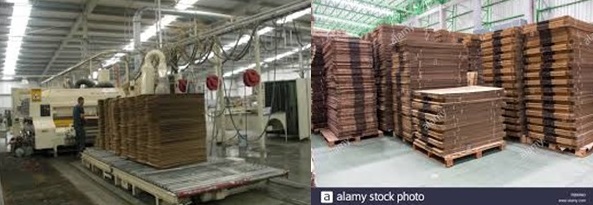
Plastics are a less used packaging material. But when it comes to viruses, they are far more dangerous. Using the Coronavirus as an example, it can live for 72 hours on plastic containers. There is a greater risk when it comes to plastic containers but waiting 72 hours is not an option for many people. When opening these packages, using gloves and masks greatly reduces the risk that COVID-19 will infect the recipient of the plastic container. For this reason, when going out and buying things from the store it is good to remember and think on how long they have been out and the possibility that the item has come in contact with someone that is infected.

Copper is a much rarer but safer form of packaging currently. Unlike in the other two, with COVID-19 being the base, it can only last for 4 hours on copper. It is rare and inconvenient because it will likely only be found in foil, tins, and cups in many cases. Copper is also more expensive than other types of packaging.
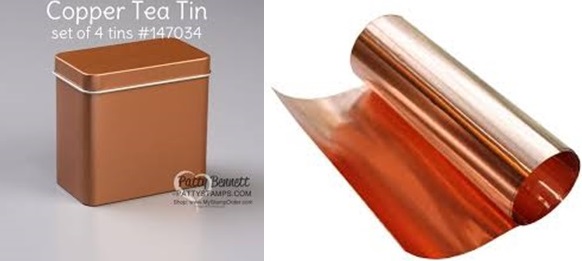
Packaging Materials
This section will be placed in two main categories, but the overall statement is if it is put inside of a box to keep the item inside safe, it is allowed in this section. The first part of this section will be based on air infused protectors such as bubble wrap. As of April 3, 2020, the CDC believed that there was little chance of being contracted through bubble wrap and products like it. This was several months ago, and now there are conflicting arguments on the topic. The question relies on if the air inside of bubble wrap and the product’s air that is contained from other countries would still hold infected air if they would be shipped into the U.S and pose a threat. In any case, whether they do or do not contain infected air, the safest precaution would be to use gloves and to give up the enjoyment of popping bubble wrap. There are several reasons for why people are just not entirely sure. For one, most data about air related COVID-19 concerns is based on rooms with free-flowing air. It makes it difficult for scientists to recreate the full conditions of bubble wrap or bubble pillows that have gone under weather and travel, while also being able to inject the virus into the packaging in the first place. It would also need to seem important enough to research in the first place to companies willing to put up the R&D costs.
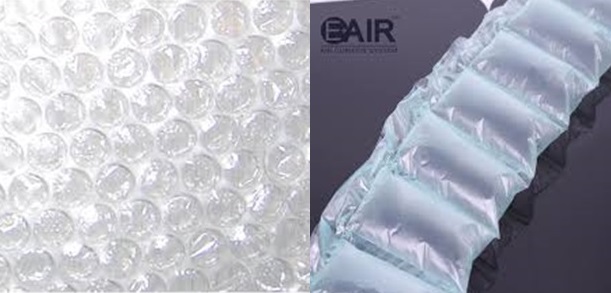
The second half of this section is in paper filler material. Like the bubble wrap, not much research has been done. Unlike the bubble wrap, paper filler materials do not hold air for extended periods of time. In this case it is best to treat the paper filler materials such as crumpled paper, cardboard fits, and paper tape like the cardboard from before but with more time. It is likely that a virus such as COVID-19 would only be able to live for 24 hours, but by being wrapped up there is a chance for that time to increase.
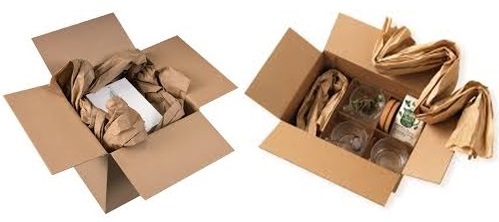
As for other wrapping materials, packing tape would be like plastic containers. There is a 72-hour possible lifespan, though there is little chance for it to contain anything or to be touched more than a couple of seconds.
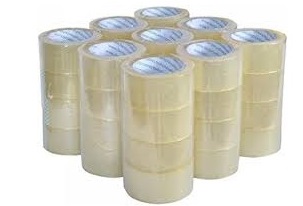
As for the general population, originally during the COVID outbreak many were worried about getting infected and many followed the very things said in this. As time went on people became less worried and thought about the inconvenience that waiting a day to bring in your package is. The threat as it should has died down. I even asked elderly with prior conditions such as a lung transplant about their thoughts of contamination through delivered packages. She no longer worries about the possibility of contracting it from a package and she no longer thinks about washing the object inside, and even when she did, she did not think of how it could be improved. I believe there are three lessons to be learned from this. Every person will have their own opinion, even on a pandemic. It is up to each person to determine how far they will go. Even when people do fear the chances, many will not think that the packages need to be changed. As long as proper hand washing is done after handling a package, it should be fine.
References
https://www.wvlt.tv/content/news/How-to-open-packages-to-prevent-the-spread-of-coronavirus--569007311.html
https://about.usps.com/newsroom/national-releases/2019/1107-20-million-packages-to-be-delivered-daily-this-holiday-season.htm
https://www.cnbc.com/2020/08/13/amazon-is-delivering-nearly-two-thirds-of-its-own-packages.html
https://www.rocketindustrial.com/blog/coronavirus-and-packaging/
https://uthsc.edu/coronavirus/faqs.php
https://www.nih.gov/news-events/nih-research-matters/study-suggests-new-coronavirus-may-remain-surfaces-days#:~:text=Scientists%20found%20that%20SARS%2D,up%20to%20three%20days.
https://www.wctrib.com/lifestyle/health/4973712-Coronavirus-from-Bubble-Wrap-County-officials-warning-not-backed-by-science-or-public-health-experts


































